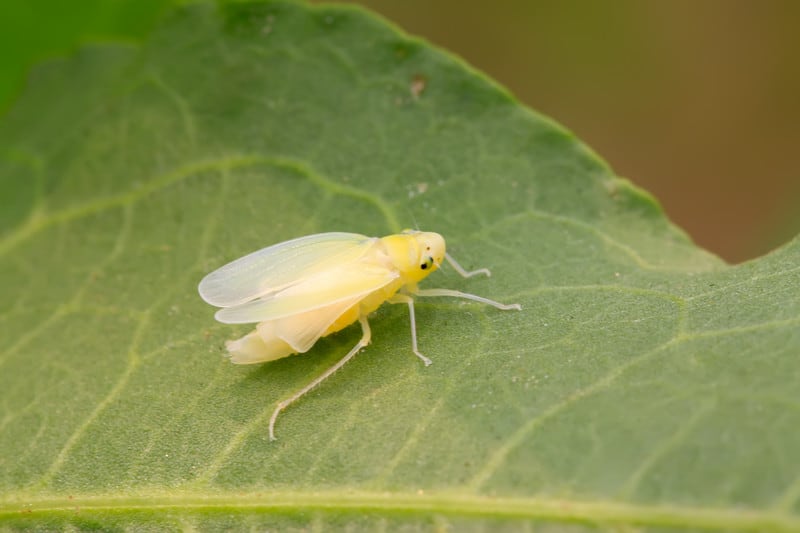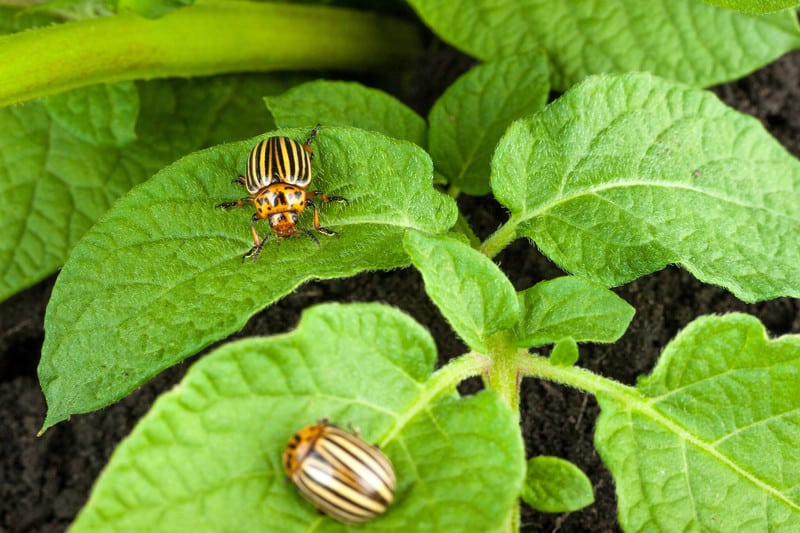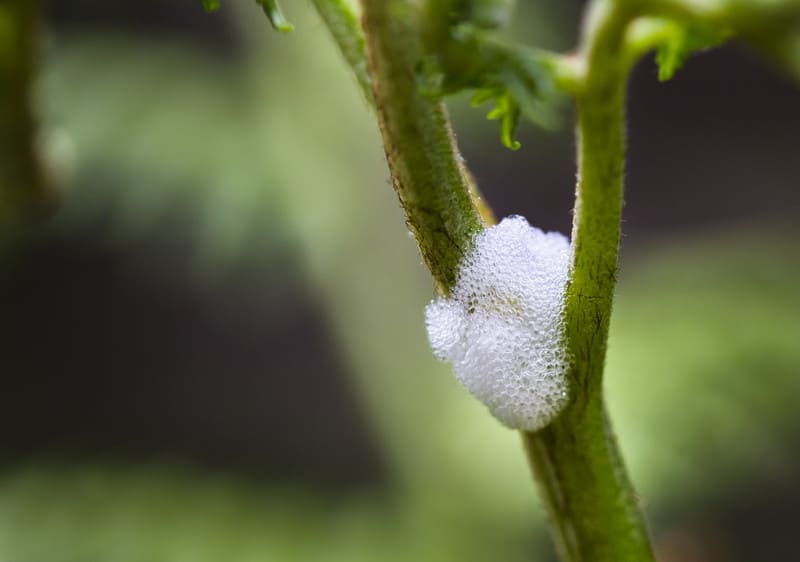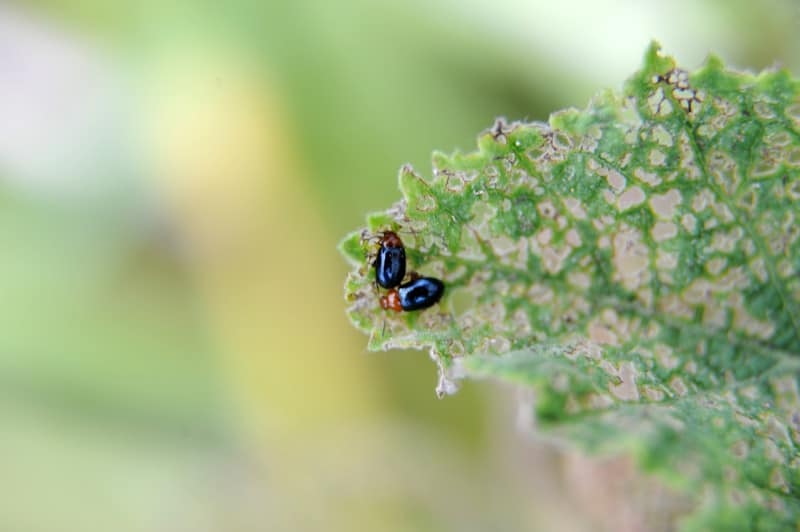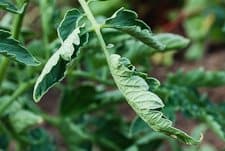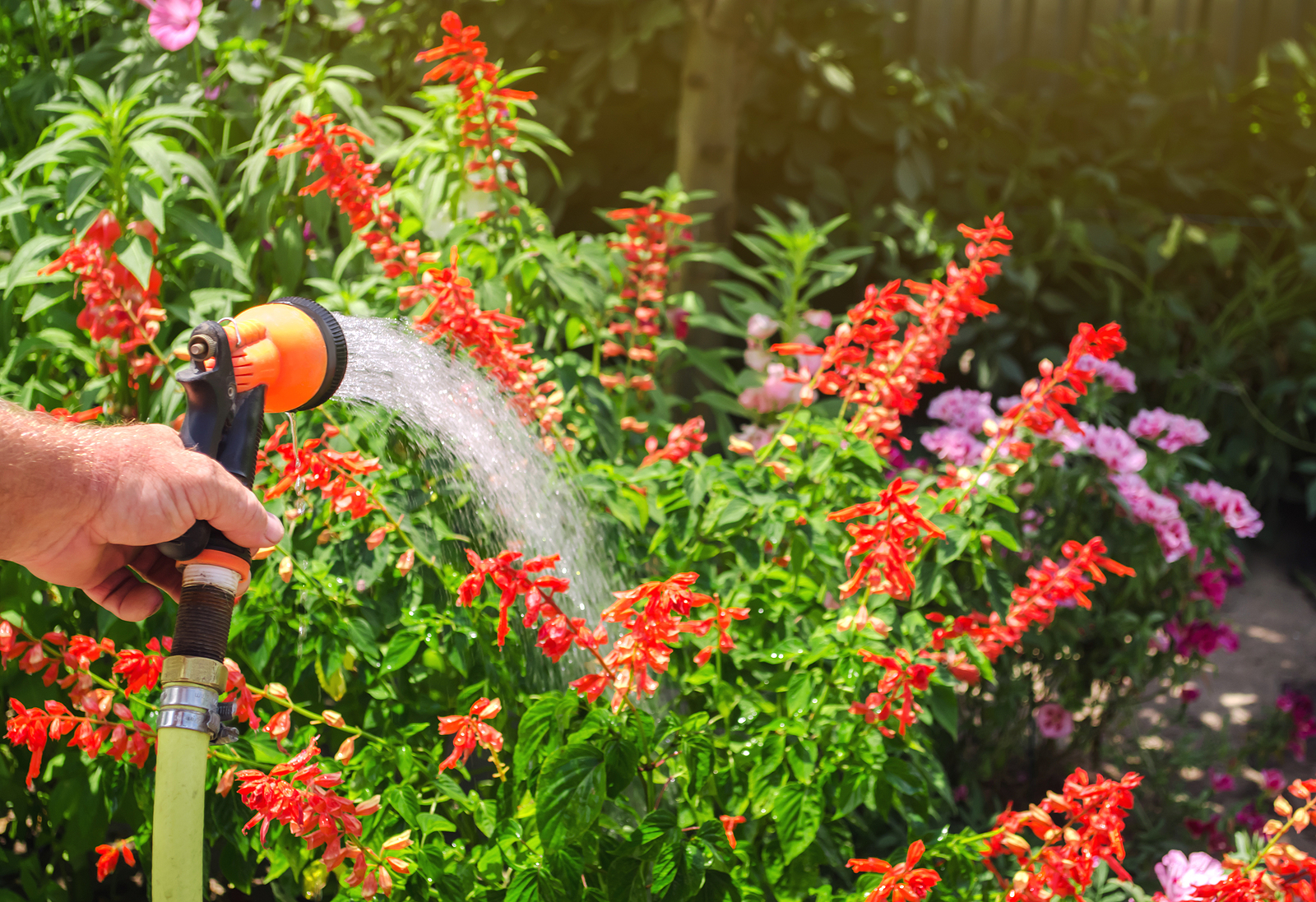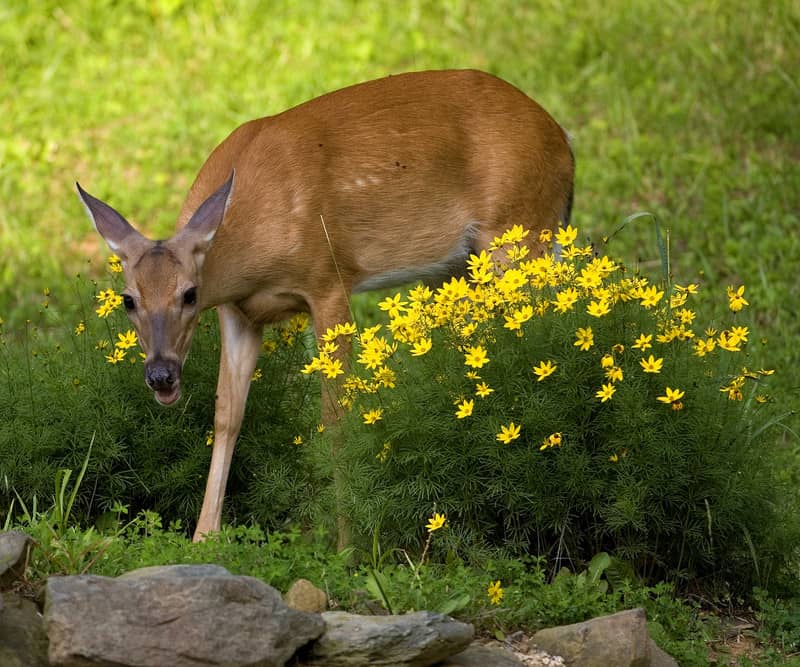Leafhopper Organic Pest Control
Leafhoppers are wedge-shaped, slender, greenish, yellow, or brown translucent winged insects 1/10 to ½ inch long. Nymph leafhoppers are pale green wingless insects but otherwise look like adult leafhoppers. Leafhoppers have piercing mouthparts and suck the sap from many leafy crops such as lettuce and endive but they also attack potatoes and tomatoes. Good Products […] More

